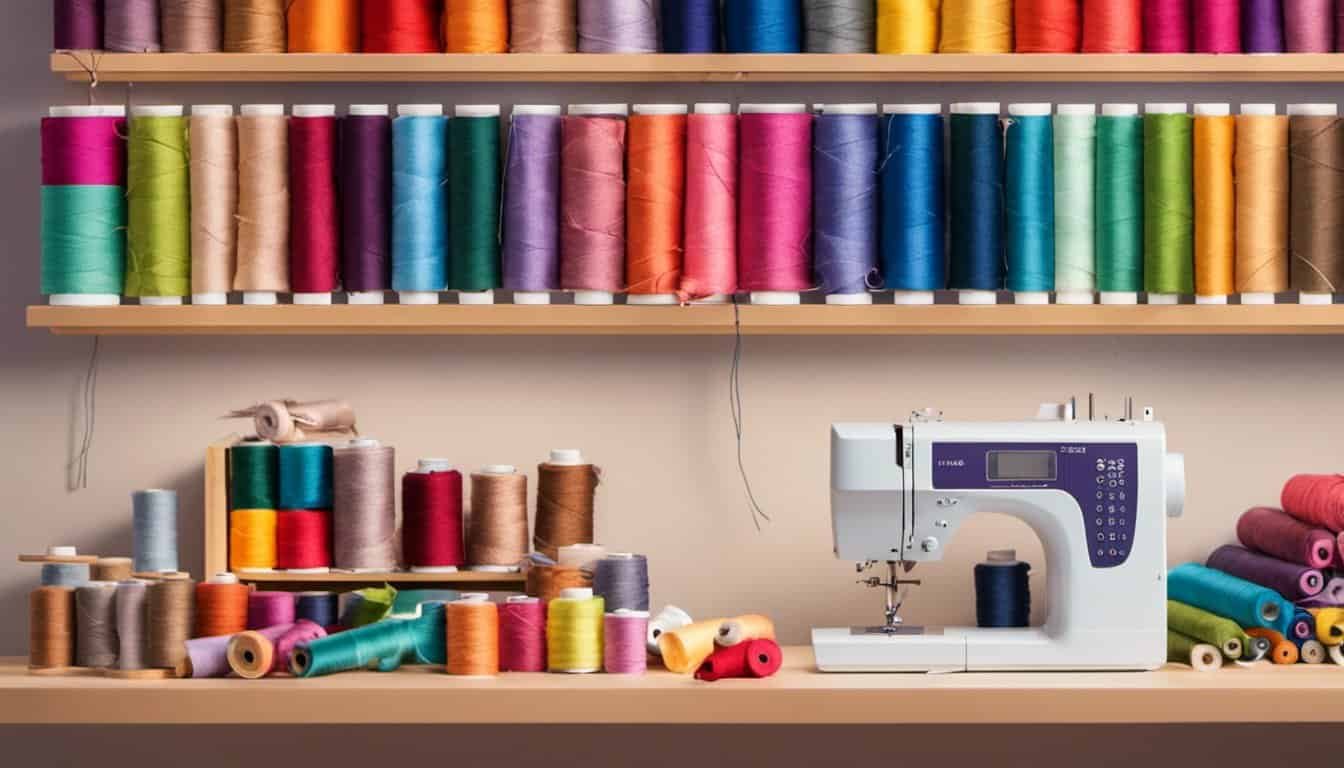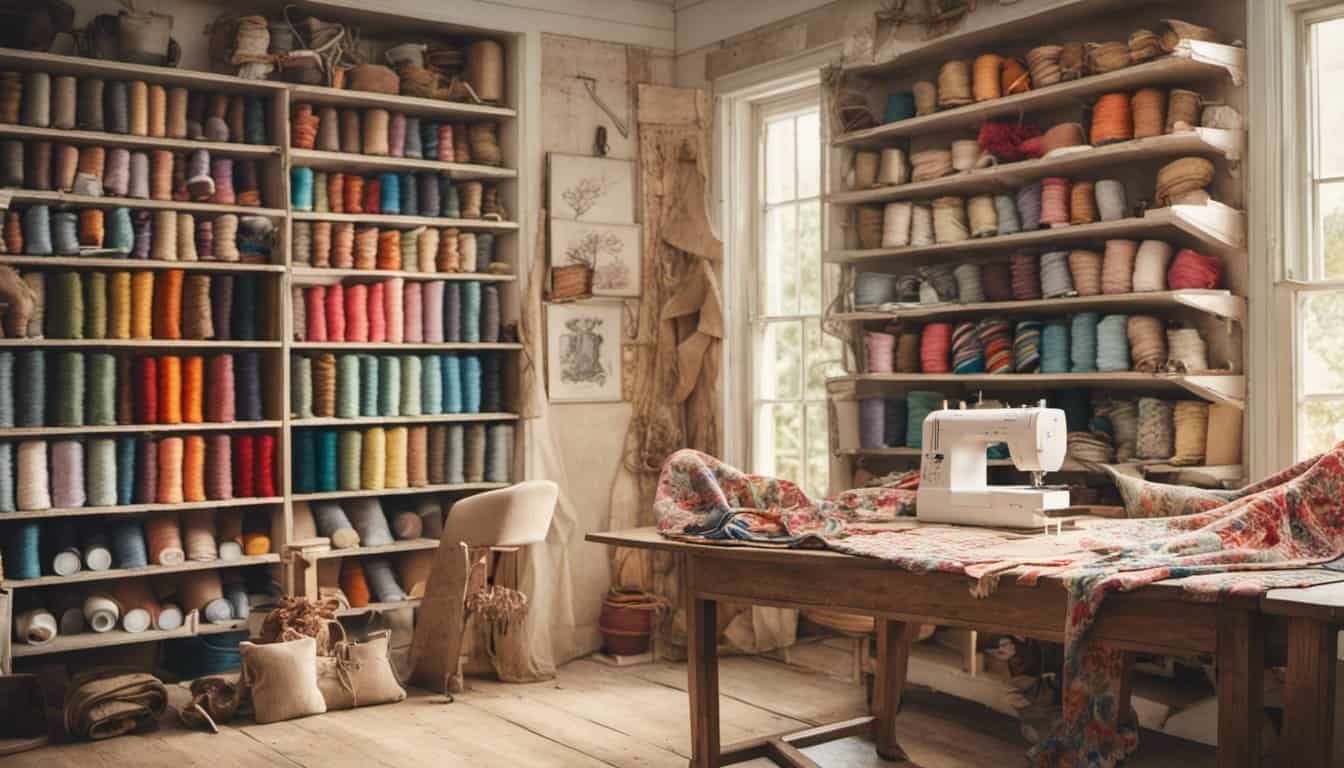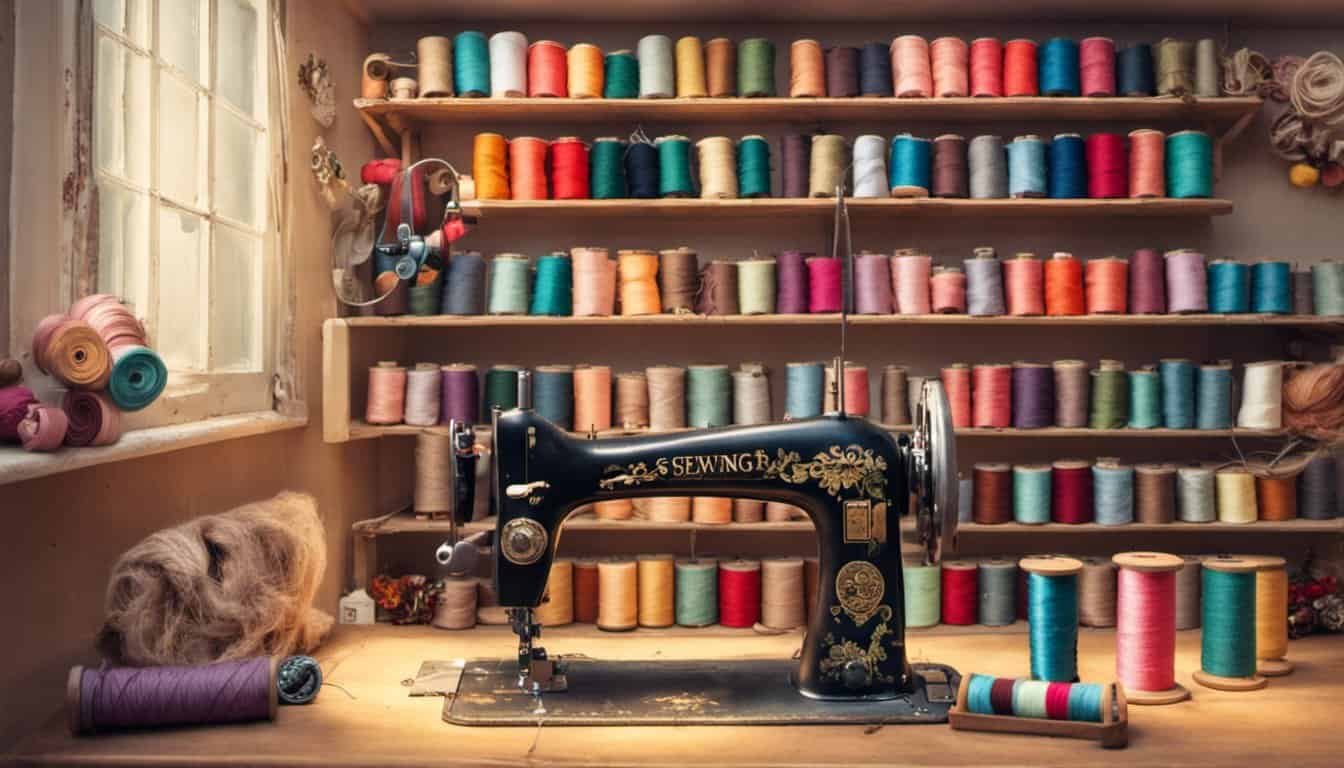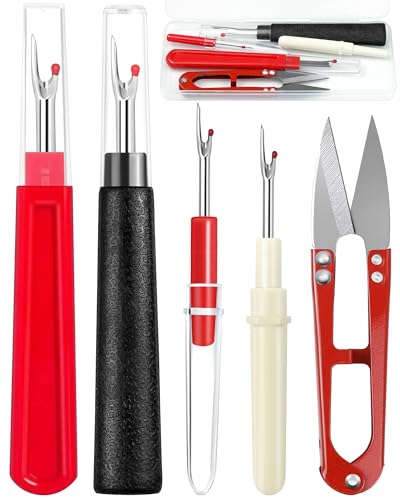Are you interested in learning about the art of sewing construction? Whether you’re a beginner or an experienced sewist, understanding sewing construction is essential for creating well-made garments and projects. In this article, we’ll explore what sewing construction is and why it’s important. We’ll also delve into the key techniques and skills involved in sewing construction, giving you the knowledge you need to take your sewing skills to the next level. So, grab your sewing machine and let’s dive into the world of sewing construction!
Have you ever wondered how your favorite clothes are made? Sewing construction is the process of assembling fabric pieces together to create garments, accessories, and other textile items. It involves a combination of techniques, such as stitching, seaming, hemming, and finishing, to bring a design to life. Sewing construction is not only about joining fabric pieces, but also about ensuring the final product is durable, comfortable, and aesthetically pleasing. Whether you’re interested in fashion design or simply want to make your own clothing, understanding sewing construction is a valuable skill to have.
When it comes to sewing construction, attention to detail is key. The way a garment is constructed can greatly impact its fit, durability, and overall appearance. By understanding the principles of sewing construction, you’ll be able to create garments that fit well, have strong seams, and look professional. Whether you’re a hobbyist or aspiring fashion designer, learning about sewing construction will empower you to bring your creative visions to life. So, let’s explore the fascinating world of sewing construction and discover the secrets to creating beautiful, well-constructed garments.
Overview of Sewing Construction
When it comes to sewing construction, attention to detail is key. Whether you’re a passionate hobbyist or an aspiring fashion designer, understanding the ins and outs of this process is vital in creating well-made and professional-looking garments. Let’s dive into an overview of sewing construction and explore the techniques involved in assembling fabric pieces to create beautiful garments and accessories.
Stitching: Stitching is the foundation of sewing construction. It involves joining two or more fabric pieces together using a needle and thread. Different stitching techniques, such as straight stitch, zigzag stitch, and decorative stitches, are used depending on the desired outcome and fabric type. This step sets the stage for the rest of the sewing process.
Seaming: Seaming refers to the process of joining fabric edges together along a seam line. It is done to ensure a clean and secure finish. Common types of seams include plain seams, French seams, and flat felled seams. The choice of seam depends on the fabric type, weight, and desired look.
Hemming: Hemming is the process of finishing the raw edges of a garment. It not only provides a neat appearance but also adds durability. Common hemming techniques include blind hemming, rolled hemming, and double-fold hemming. The choice of hemming technique depends on the fabric type, garment design, and personal preference.
Finishing: The finishing touches truly complete the sewing construction process. This includes tasks such as adding buttons and zippers, attaching linings, and incorporating trims and embellishments. These finishing touches enhance the overall look and functionality of the garment.
Interfacing: Interfacing is often used to provide structure and stability to certain areas of a garment, such as collars and cuffs. It is an extra layer of fabric applied to the main fabric, typically fused or sewn in place. Interfacing ensures that these areas maintain their shape and withstand daily wear and tear.
Importance of Sewing Construction
When it comes to sewing, it’s not just about creating something pretty – it’s about creating something that will last. That’s where sewing construction comes in. The importance of sewing construction cannot be overstated. It’s the foundation that holds a garment or accessory together, ensuring that it not only looks good, but also stands the test of time. Let’s take a closer look at why sewing construction is so important:
Fit and Comfort: Proper sewing construction ensures that a garment fits well and is comfortable to wear. Seams that are sewn correctly prevent any pulling or puckering, allowing the fabric to drape beautifully on your body. This attention to detail is what separates a well-made garment from a cheaply constructed one.
Durability: No one wants a garment that falls apart after just a few wears. Quality sewing construction techniques, such as reinforced seams and proper finishing, make a garment more durable. These techniques help the garment withstand regular wear and tear, ensuring that it remains intact and functional for a long time.
Appearance: Sewing construction plays a significant role in the overall appearance of a garment. Neatly stitched seams, even hems, and well-attached buttons or zippers all contribute to a polished and professional-looking finished product. On the other hand, poor sewing construction can result in unsightly puckering, uneven stitches, and loose threads, which detract from the overall aesthetics.
Functionality: Sewing construction techniques also impact the functionality of a garment. Well-placed darts or pleats can ensure a flattering fit, while reinforced stitching on stress points prevents any tear or rip. Properly applied interfacing provides structure and support to bags, collars, and cuffs. By paying attention to these details, you can create garments that not only look good but also function well.

Remember, sewing construction is essential whether you’re a hobbyist or an aspiring fashion designer. It sets the foundation for your creations, ensuring professional-looking results that will make you proud. So, next time you sit down at your sewing machine, take the time to master the art of sewing construction and watch your creations come to life.
Basic Principles of Sewing Construction
When it comes to sewing construction, there are a few fundamental principles that you should keep in mind. These principles will not only ensure that your garments are well-made but also help you create professional-looking results. So, let’s dive into the basic principles of sewing construction!
1. Proper Stitching Techniques
Stitching is the foundation of sewing construction, and using the right technique is crucial. Here are a few key points to remember:
- Straight stitching: Ensure your stitches are straight and even, as this is essential for a polished finish.
- Backstitching: Always start and finish your seams with a few backstitches to secure the stitches in place.
- Seam allowance: Be mindful of the seam allowance specified in your pattern or project. It dictates how far the stitches should be from the fabric edge.
2. Accurate Seaming
Seaming refers to joining fabric edges together to create a seam. For a perfect fit and a sturdy garment, accuracy is key. Here’s what you need to consider:
- Matching seams: Make sure the fabric pieces align properly before sewing them together to avoid any misalignment or puckering.
- Pressing seams: Pressing the seams open or to one side helps them lie flat and gives a clean, professional appearance.
3. Precision Hemming
Hemming is the process of finishing the raw edges of a garment. It serves both functional and aesthetic purposes. To achieve neat hems, follow these guidelines:
- Even length: Measure the hem length accurately and cut it evenly to maintain a consistent look throughout the garment.
- Clean finish: Choose the appropriate hemming technique for the fabric you’re working with, such as double-folded or blind hemming, to achieve a clean and professional finish.
4. Finishing Touches
« Discover the Surprising Benefits of Sewing During Pregnancy – You Won’t Believe How it Can Transform Your Maternal Experience
Discover the Surprising Sewing Pin Alternatives That Every Seamstress Needs »
To elevate the overall look and durability of your garment, attention to detail is crucial in the finishing touches. Here’s what you should focus on:
- Trimming: Trim any excess threads or fabric to ensure a neat and polished appearance.
- Pressing: Invest time in pressing your finished garment to smooth out any wrinkles and improve its overall appearance.
Types of Stitches Used in Sewing Construction
When it comes to sewing construction, there are a variety of stitches that you can use to bring your projects to life. The choice of stitch depends on the purpose, fabric, and design of your garment. Knowing which stitch to use for each part of your project is essential for creating a professional-looking finish. Let’s take a look at some of the different stitch types commonly used in sewing construction:
- Straight Stitch: This is the most basic and commonly used stitch in sewing. It consists of a single, straight line of stitches and is used for seams, topstitching, and hemming.
- Zigzag Stitch: A zigzag stitch creates a zigzag pattern by alternating between stitches to the left and right. This stitch is perfect for finishing raw edges, sewing stretch fabrics, and creating decorative details.
- Overlock Stitch: An overlock stitch, also known as a serged stitch, is a stitch that simultaneously trims, sews, and finishes raw edges. It is commonly used for sewing knit fabrics and creating professional-looking seams.
- Blind Hem Stitch: This stitch is used to create nearly invisible hems on garments. It involves a combination of straight stitches and small, almost invisible zigzag stitches that catch just a few threads of the fabric.
- Buttonhole Stitch: As the name suggests, this stitch is used to create neat and secure buttonholes. It consists of a series of closely spaced zigzag stitches that reinforce the edges of the buttonhole.
- Decorative Stitches: If you want to add some flair and personality to your project, decorative stitches are a great way to go. These stitches come in a variety of patterns such as scallops, waves, flowers, and more, and can be used for topstitching, embellishments, or decorative edge finishes.
Remember, choosing the right stitch for each part of your project will ensure that your seams are secure, hems are neat, and overall construction is professional. Experimenting with different stitch types will not only enhance your sewing skills but also add unique touches to your garments.
Techniques for Sewing Construction
When it comes to sewing construction, there are a variety of techniques that can be employed to create beautiful and durable garments, accessories, and home decor items. These techniques not only ensure the longevity of your creations but also add a professional touch to your finished projects. Let’s explore some essential techniques for sewing construction.
1. Seam Finishing
Seam finishing is a crucial technique that prevents fabric edges from unraveling and adds durability to your seams. There are several methods you can use for seam finishing, including:

- Zigzag Stitch: This stitch is ideal for finishing raw edges on woven fabrics. It helps to prevent fraying and gives a neat and clean look to your seams.
- Overlock Stitch: An overlock stitch, also known as a serged edge, is commonly used for finishing seams on knit fabrics. It not only prevents unraveling but also provides a professional and polished finish.
2. Understitching
Understitching is a technique used to keep facings or linings from rolling to the front of a garment. It involves stitching the facing or lining to the seam allowance, ensuring that it remains hidden. This technique is particularly useful when sewing necklines, armholes, or any curved edge where a facing or lining is involved.
3. Edge Stitching
Edge stitching is used to create a professional and neat finish along the edges of your project. It involves stitching close to the edge, giving your sewing a clean and polished look. Edge stitching is commonly used for topstitching pockets, collars, hems, and other visible areas.
4. Pressing
Pressing may not seem like a sewing technique, but it plays a vital role in achieving professional-looking results. By using an iron and applying pressure to your seams and finished projects, you can shape and refine them. Pressing helps to set stitches, flatten seams, and create crisp edges, resulting in garments that fit and look better.
Common Challenges in Sewing Construction
When it comes to sewing construction, there are a few common challenges that many people face. Whether you’re a beginner or an experienced sewist, these challenges can sometimes make the process frustrating. However, with a little know-how and practice, you can overcome them and achieve professional-looking results.
Here are some of the most common challenges in sewing construction and how to tackle them:

- Uneven seams: One of the most common issues is ending up with uneven seams. This can happen due to various factors, such as using the wrong tension on your sewing machine or pulling the fabric too tightly as you sew. To avoid this, make sure to test the tension before starting your project and use even pressure while guiding the fabric through the machine. Practice sewing in a straight line by focusing on a fixed point ahead of the needle.
- Bunching or puckering fabric: Another challenge is when the fabric bunches or puckers, resulting in an unattractive finish. This can occur when the fabric is not properly fed through the machine or when too much pressure is applied to the fabric. To prevent this, ensure that the fabric is guided smoothly through the machine, without any pulling or pushing. Use a good-quality, sharp needle appropriate for the fabric type.
- Breakage or tangling of threads: Dealing with thread breakage or tangling can be frustrating, especially in the middle of a project. This can happen due to various reasons, such as using the wrong needle size or not properly threading the machine. To avoid this, always use the correct needle size and make sure the machine is threaded correctly. Additionally, check that the thread is not too old or brittle, as this can also lead to breakage.
- Difficulty with zippers or buttonholes: Zippers and buttonholes are often seen as daunting tasks, even for experienced sewists. Achieving neatly sewn zippers or buttonholes requires careful attention to detail and practice. To overcome this challenge, consider using specialized zipper or buttonhole feet for your sewing machine. Take your time to measure and mark the placement accurately and practice on scrap fabric before attempting it on your project.
- Working with delicate fabrics: Working with delicate fabrics, such as silk or chiffon, can present its own set of challenges. These fabrics are prone to fraying and can be difficult to handle. Always use fine, thin needles and choose the
Tips for Improving Sewing Construction Skills
If you want to elevate your sewing construction skills and create beautifully crafted garments and accessories, here are some valuable tips to help you on your journey:
Choose the Right Fabric and Notions:
- Select the appropriate fabric: Different fabrics behave differently, so it’s important to choose the right fabric for your project. Consider factors like drape, weight, and stretch to ensure the best results.
- Use quality notions: Opt for high-quality thread, buttons, zippers, and other notions to ensure durability and longevity in your creations.
Prepare Your Materials Properly:
- Pre-wash your fabric: Before you begin sewing, it’s crucial to pre-wash your fabric to eliminate any shrinkage that may occur later. This step will prevent your finished project from becoming misshapen.
- Iron your fabric: Ironing your fabric not only removes wrinkles but also helps you achieve accurate measurements and smooth seams.
Practice Good Stitching Techniques:
- Practice consistent seam allowances: Accurate seam allowances ensure that your pieces come together perfectly. Use a sewing gauge or special presser foot to help maintain consistent seam widths.
- Backstitch at the beginning and end: Always backstitch a few stitches at the beginning and end of your seams to prevent them from unraveling.
- Clip curves and corners: Trimming excess fabric or notching curves and corners will reduce bulk and help your finished project lie flat.
Pay Attention to Details:
- Press as you go: Take the time to press your seams and details as you work. Pressing ensures crisp lines and professional-looking results.
- Finishing touches: Don’t forget about important finishing techniques such as hemming, topstitching, or adding interfacing when required.
Conclusion
Now that you have a better understanding of sewing construction, you can confidently tackle your next sewing project. By utilizing techniques such as seam finishing, understitching, edge stitching, and pressing, you’ll be able to create garments, accessories, and home decor items that are not only durable but also look professional.
Although sewing construction can be challenging at times, with issues like uneven seams, fabric bunching, and thread breakage, don’t let these obstacles discourage you. By mastering proper tension, fabric handling, needle selection, and practicing regularly, you’ll overcome these challenges and improve your sewing skills.
Remember, the key to successful sewing construction lies in choosing the right fabric and notions, properly preparing your materials, practicing good stitching techniques, and paying attention to details such as pressing and finishing touches. With time and experience, you’ll become more confident and proficient in sewing construction.
So, go ahead and dive into your next sewing project with enthusiasm and creativity. With the knowledge and skills you’ve gained, you’ll be able to create beautiful and well-constructed pieces that you can be proud of. Happy sewing!













